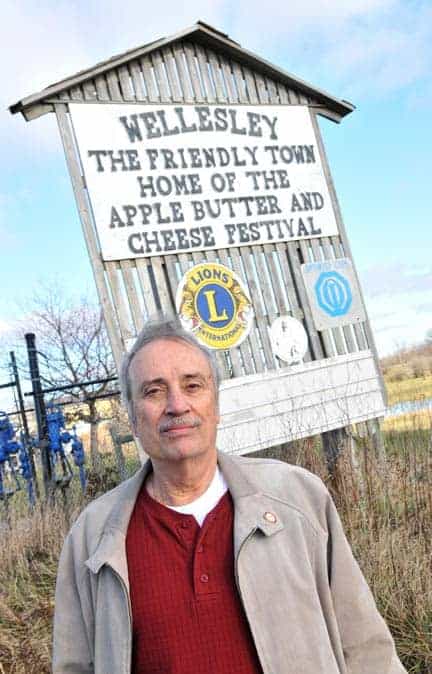;
;
;
Next Article
Kings end winless streak

Beef producers are hoping that 2010 will prove to be a better year than 2009, after being battered by a climbing Canadian dollar over the past 12 months. When the Waterloo Cattlemen’s Association holds its annual general meeting in Linwood Jan. 20, market volatility will be one of the topics on the
Last updated on May 04, 23
Posted on Jan 08, 10
3 min read
